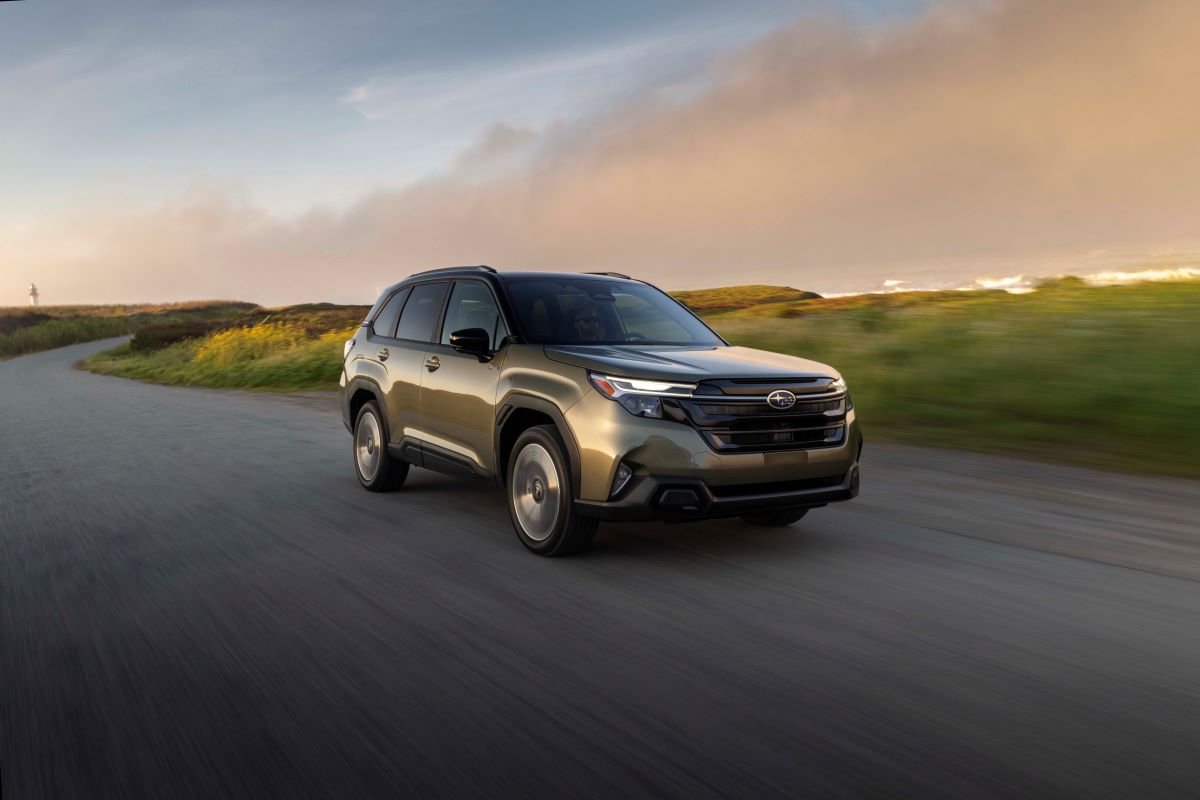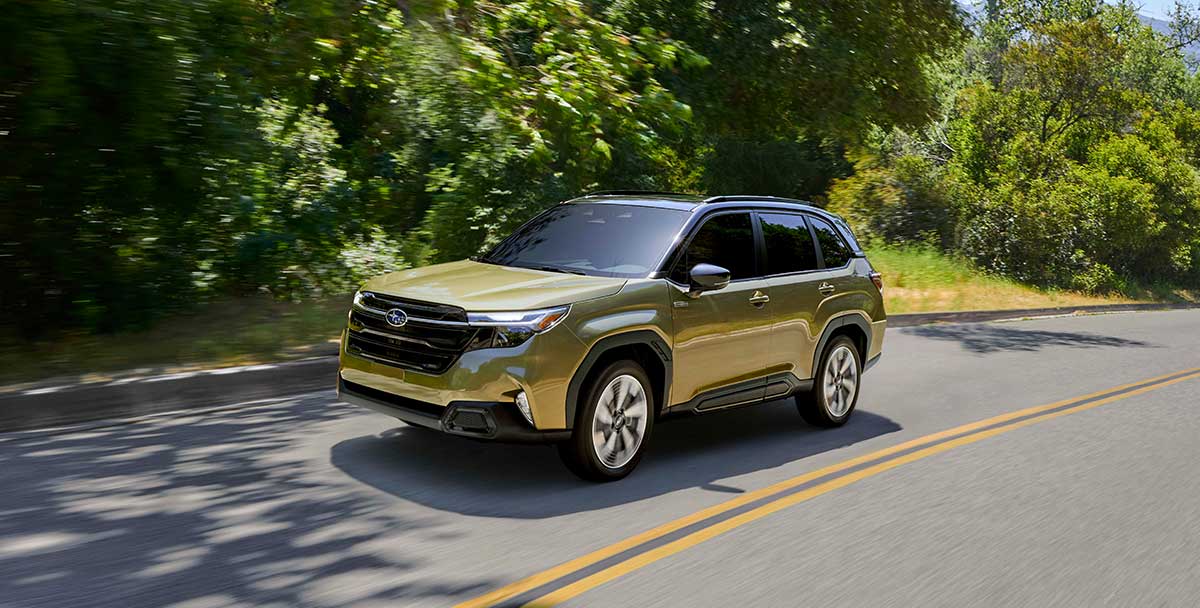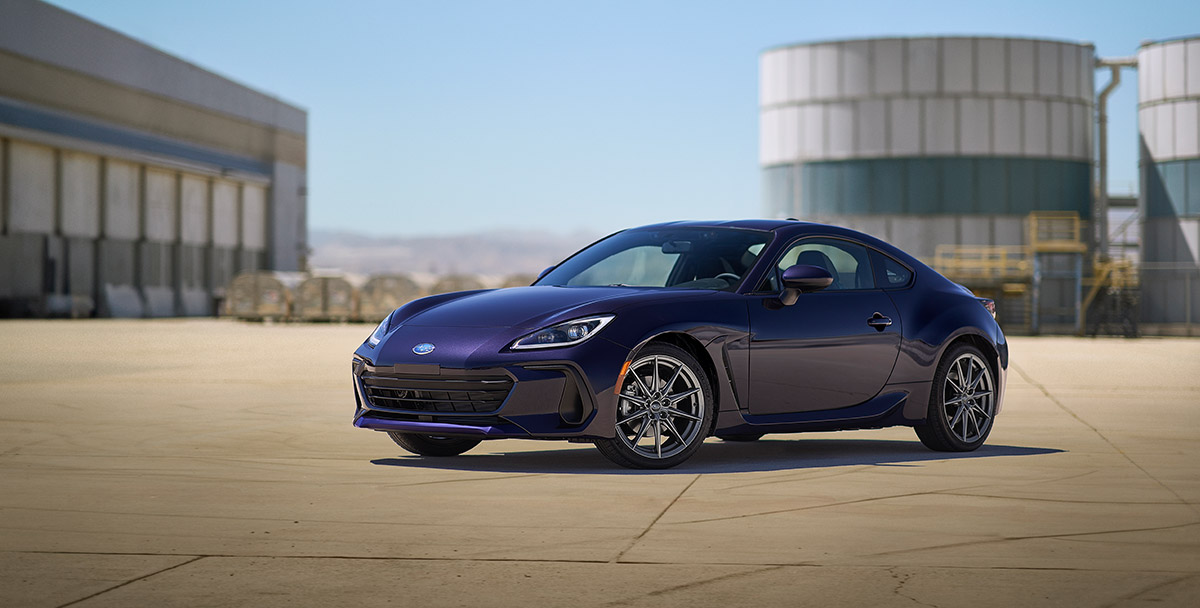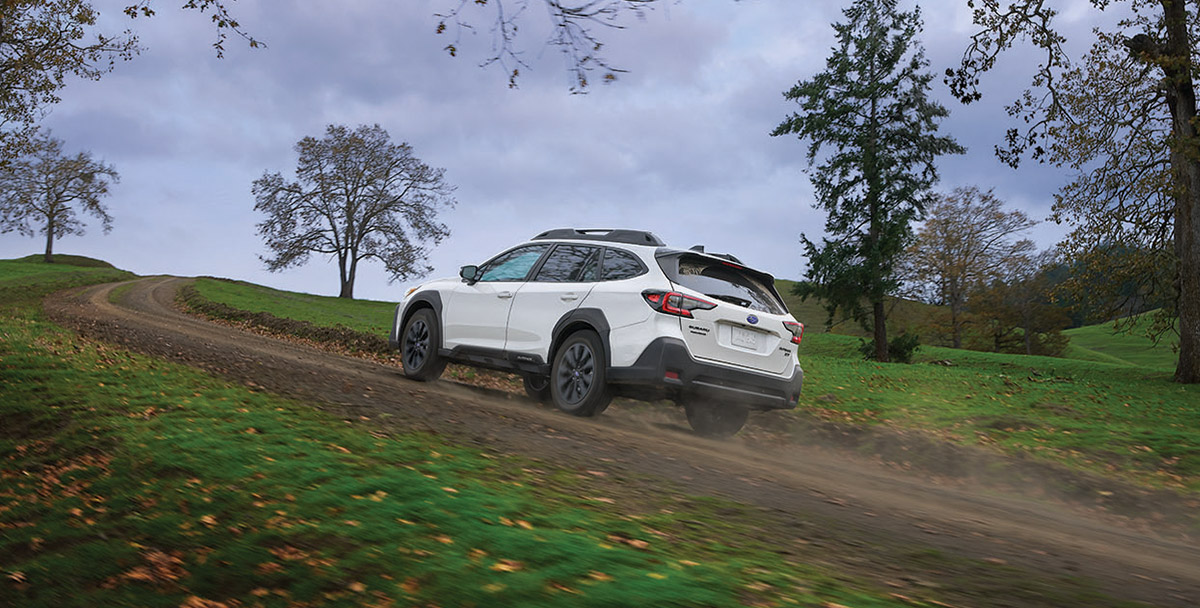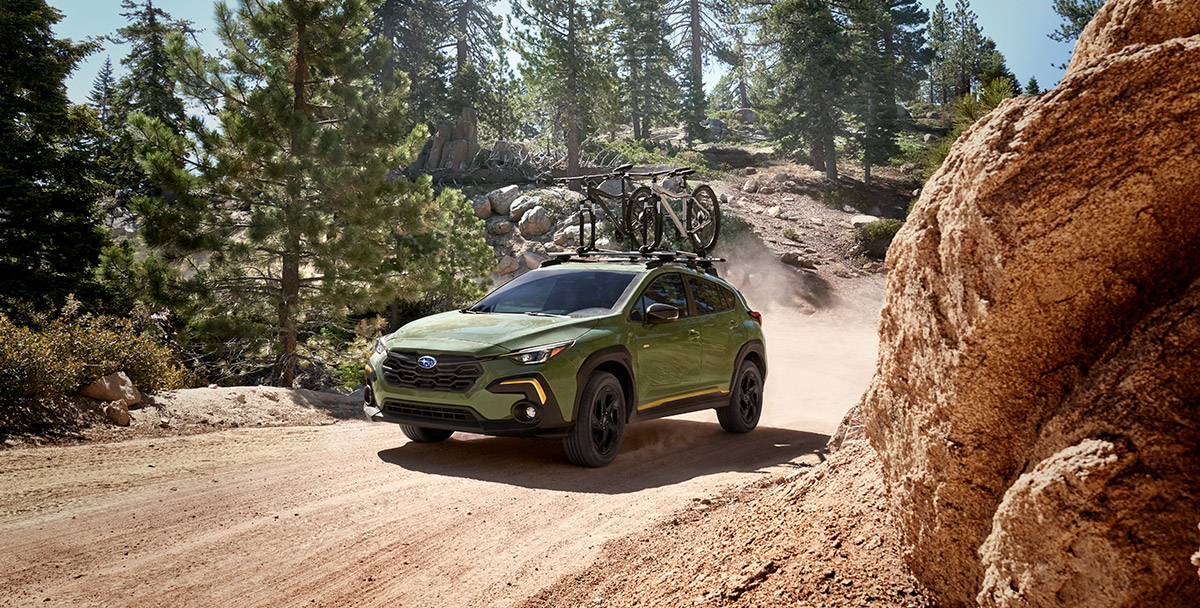1971 was a pivotal year for Subaru performance. It was four years after the Summer of Love, three years after the buglike 360 became the first Subaru U.S. import and just 12 months after the introduction in America of another lovable little model, the FF-1 Star.
Something must have been wafting down the coast from San Francisco, because San Bernardino Subaru retailer Jack Coyle came up with a wacky idea: to race the FF-1 in the Baja 500, the tortuous off-road race held on Mexico’s Baja California Peninsula. A tidy family car, the FF-1 cruised nicely on freeways and serpentine strips of asphalt in the California canyons. But Coyle wanted the car to withstand hundreds of miles of all-out punishment, through sand, gravel, rocky arroyos and other chassis-twisting terrain.
Preposterous? More like audacious. Jack Coyle knew what these cars were capable of. The plucky FF-1 didn’t make it through the first Baja 500 it raced in 1971, but it completed the race in 1973. That car resides in Subaru of America’s collection today.
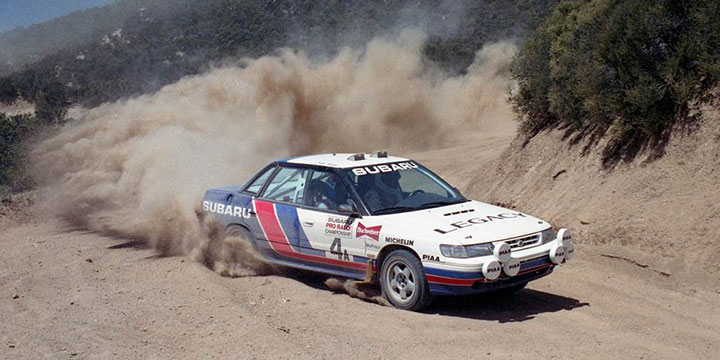
Photo: Tracksidephoto.com
Thus began the unrivaled record of Subaru rally racing success in North America. Recent results tell the story. From 2005 to 2016, the Rally America series saw 67 wins from drivers behind the wheel of a Subaru vehicle, while the next most successful manufacturer logged 13. During that time, Subaru Rally Team USA (SRTUSA) standout Travis Pastrana captured four championships, while teammate David Higgins captured six. The model of choice in most victories has been a WRX STI.
In earlier decades, other drivers and vehicles paved the way in U.S. rally racing, of course. In the late 1960s and 1970s, a mishmash of buggies, sedans and roadsters composed the field. In his first race, in 1978, Chad DiMarco even rattled across the finish line in a compact Italian sedan from the 1950s. He would go on to become a key figure in the emergence of Subaru in rally, and the 1991 national champion.
“I’ve been called a pioneer,” says DiMarco, founder and owner of motorsports equipment shop Subè Sports, in Huntington Beach, California. “Looking back on the cars we were driving back in the day, maybe that’s right. They were like covered wagons.”
A UCLA student when he started out, DiMarco eventually took up rallying full-time. In the mid-1980s, when German brands dominated the podium, DiMarco saw potential in Subaru. He presented a proposal to Subaru of America executives, who were impressed by his argument that rally racing would help to burnish the brand’s reputation for durability.
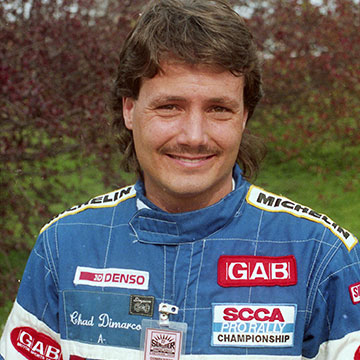
Photo: Tracksidephoto.com
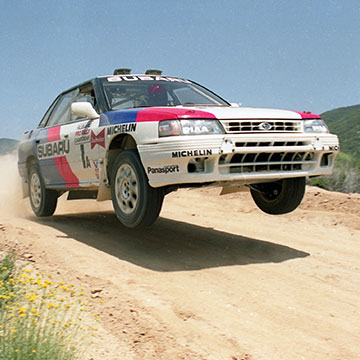
Photo: Tracksidephoto.com
“They provided me with parts and some support,” says DiMarco. “Each year the program progressed, and Subaru began to make its mark in rally.”
The first event for Team Subaru, which then consisted of just DiMarco and his co-driver, Rick Steutzel, was the Press On Regardless TSD Rally, in Michigan. They finished ninth overall. In 1986, DiMarco led Subaru to the podium six times and, after taking second place in the Pikes Peak hill climb, landed Rookie of the Year honors.
The nascent SRTUSA improved year after year into the early 1990s, which is when Paul Eklund of Tigard, Oregon, took notice. A club-level driver, Eklund had rallied in both German and Japanese cars, but, in the mid-’90s, a friend convinced him to help modify and race a new Impreza. “The idea of driving a new car was much preferable to the old beaters I’d been rallying in,” says Eklund.
“[There were] lots of little things that told you that the Impreza was designed with rally in mind,” he says. “Low engine center of gravity, perfect wheelbase … nimble, yet strong enough to survive a rollover.”
Even things like the way the fuel and brake lines were routed worked better for rallying: “They’re routed inside the car, which keeps them from gravel damage. On my first rally car, [they] got continually crushed as they ran under the car and lacked protection.”
He liked it so much that he ended up building his own Subaru rally car, the now-famous 1995 Impreza USX. It was the first Impreza in the country with a turbocharged engine. “I Frankensteined the Impreza with the turbo from a Legacy,” says Eklund, referring to the latter model’s 2.2-liter power plant.
The tiny monster put out 250 hp and 240 lb-ft of torque, and propelled Eklund to a degree of racing success in the Northwest. In fact, at age 55 he’s still racing; last September he won the 50th running of the Nor’Wester Auto Rally, a 576-mile endurance race in Clarkston, Washington, driving a Subaru Forester.
Subaru District Parts and Service Manager John Hubach of Brush Prairie, Washington, has known Eklund for more than 25 years. Hubach credits Eklund as one of a handful of people who popularized rally racing, and helped to popularize Subaru, in the Northwest. “The local guys, like Paul, and the rally clubs are the backbone of the sport,” says Hubach.
Guys like Paul Eklund, and lest we forget, Jack Coyle and the 1971 Subaru FF-1.
Find out more about the Subaru Rally Team USA highlights.
